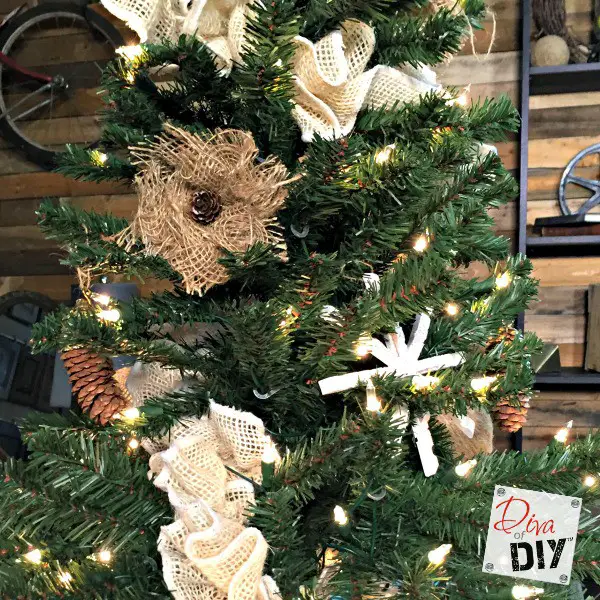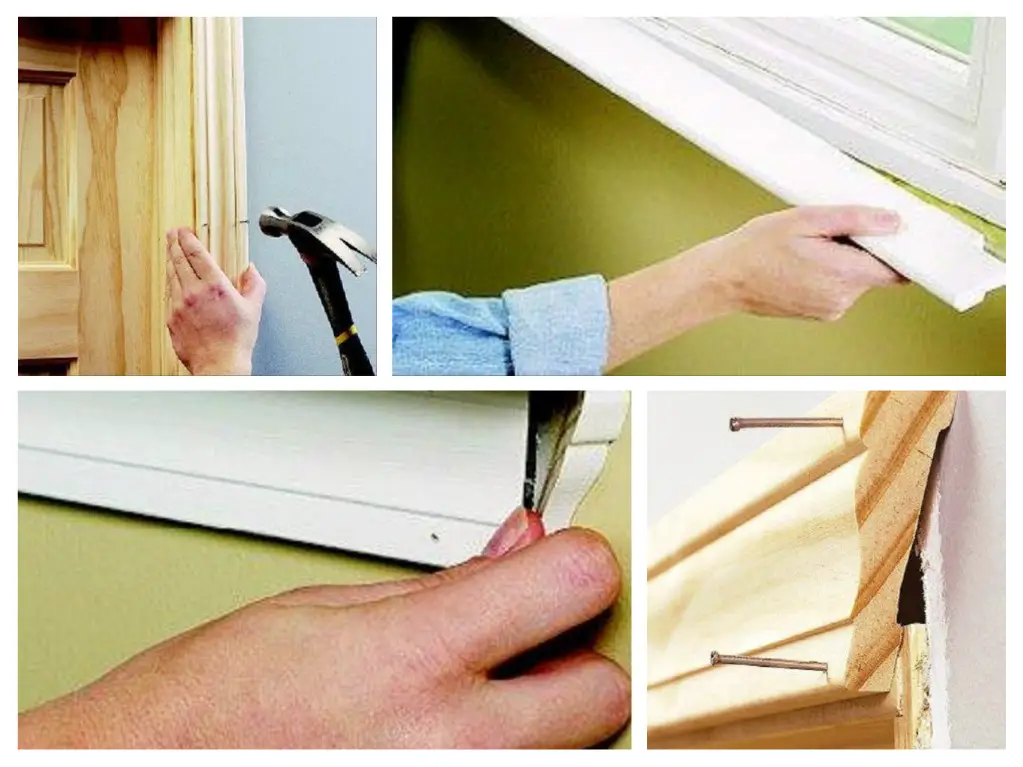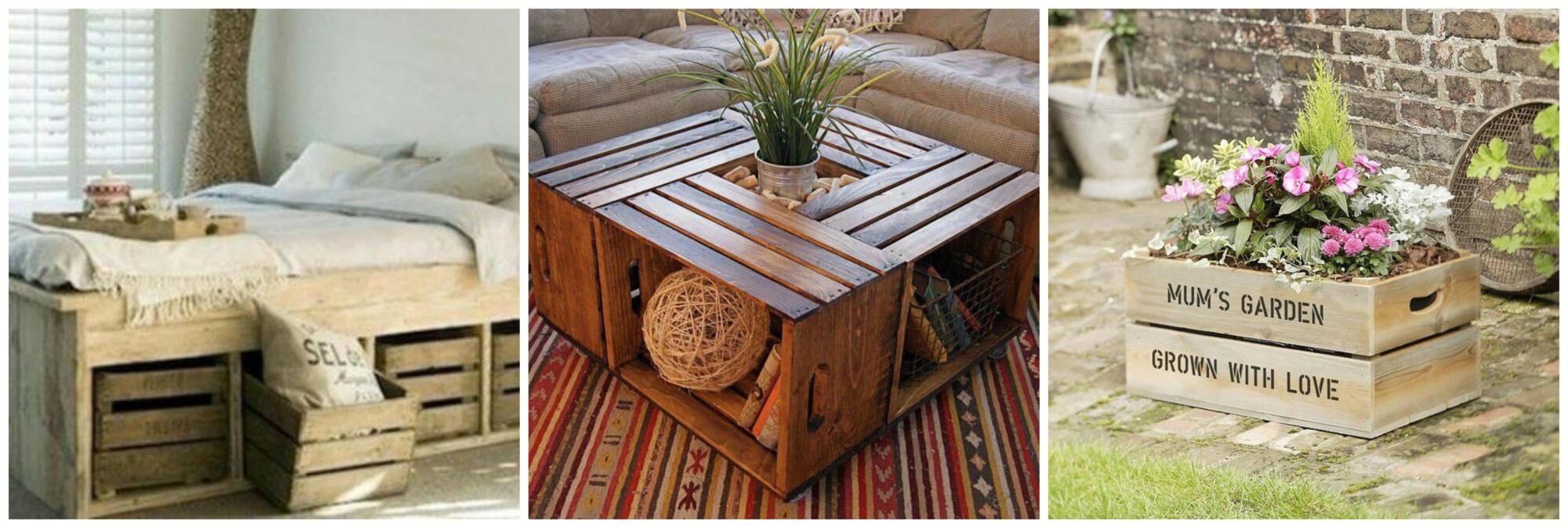When it comes to home improvement, a do-it-yourself (DIY) approach can be fun, affordable and insightful. Plus, you get to learn a few things about your home in the process. While there are many tasks you can DIY at home if you have the time and tools, there are some where the risks outweigh any short-term benefits.
Your Deck
The deck is a popular home improvement project. Many people would love to have a serene escape in their backyard. However, a DIY deck can also mess up your home and landscaping. Numerous things can go wrong, including not having the correct permits, incorrect footings, inappropriate height and inappropriate wood. Perhaps the biggest headache you will face, however, is in attaching the deck to your home.
It is not just about making sure it is securely attached. Rather, it is doing it in a way that does not lead to water leaking into your home. Such infiltration could necessitate replacing flooring, sub-flooring, doors and anything else where the water crept in. If you are contemplating getting a deck, consider reaching out to professionals such as the ones at pwhomeimprovement.com.
Roof Replacement
Roofing is difficult and dangerous work. Any savings you enjoy from replacing the roof on your own could be easily lost due to the costs of an accident or expensive mistake. You do not just need roofing skills to do the job. The nature of the work involves climbing ladders, lifting bulky and heavy materials, and navigating steep surfaces from a significant height.
Actually, professional roofers themselves face one of the highest risks of work-related fatality and injury than any other profession. That includes falling from the roof, electrocution from touching a power line, or burns from the bitumen used in roofing. Not to mention, some roofing material warranties are only valid when the installation is done by a qualified contractor.
Finally, a poorly installed roof could allow water to leak into your home and therefore damage your ceilings, walls, floors, wiring and furnishing. This is one DIY job that is best left to the pros.
Mold Removal
Many homeowners will have to contend with mold at some point. Given how common mold infestation is, even the EPA gives the nod for DIY mold removal if the area in question is less than 10 square feet in size. However, where infestation is moderate or severe, it may be necessary to lift carpeting, remove fixtures and open walls for a thorough clean. If you were to DIY the removal of widespread infestation, you run several risks.
First, mold exposure could trigger a wide range of medical conditions, especially if you lack the right protective gear. These include asthmatic reactions, allergic reactions, skin reactions, sore throat, nasal and eye irritation, wheezing, coughing and shortness of breath. Second, the cleaners used to get rid of mold have harmful chemicals that could affect your eyes, nose, throat, lungs and skin. Third, inadequate cleaning will leave mold traces behind that will be the start of a new outbreak not long after.
Toilet Replacement
To fix a new toilet, you have to shut down the water supply, disconnect and drain the current toilet, remove it, seal and then connect a new one. It is possible if you have some basic knowledge in plumbing, but if you are a DIYer, a lot could go wrong.
A toilet can weigh up to 100 pounds and could injure you when lifting or carrying it. Sewage gases are not only noxious, but unhealthy and sometimes even flammable. Incorrect installation, excessive tightening of connections, or just dropping the toilet may lead to severe damage.
If the toilet base is improperly sealed, water could leak into the surrounding floor, damaging the surface and creating conditions that can encourage mold growth.
Window Replacement
Old and drafty windows do not bode well for your heating and cooling costs, and replacing old windows will likely bring down your utility bill. However, that is only if the replacement is done correctly. Installing a window must be done meticulously if you are going to protect your home from the temperature fluctuations caused by the elements.
Windows are also fragile and heavy, which could expose you to cuts, bruises and more serious injury if they were to fall on you. A poor seal may damage your drywall, wood or wiring. For a multistory building, consider the likelihood of an incorrectly fitted window falling on passersby in the streets below. Like roofing, DIY installation may void any manufacturer warranties.
Look for Other DIY Opportunities
There are plenty of opportunities for DIY home improvement. For instance, replacing the doors of your kitchen cabinets is perhaps something many people can do on their own. However, projects similar to the four listed here have safety and skill requirements that place them out of reach of most DIYers.






